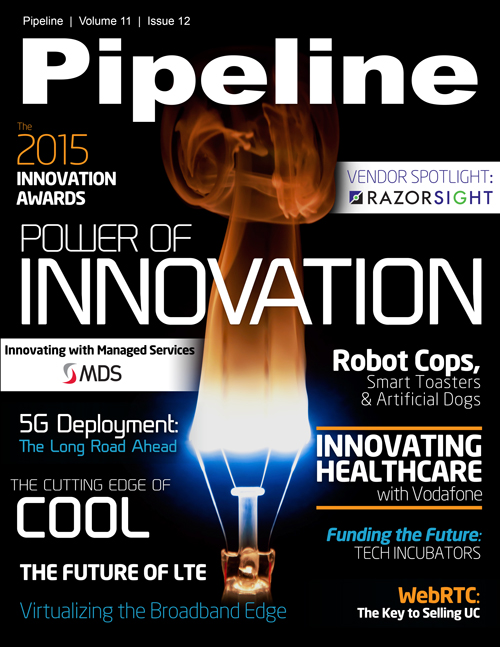5G Deployment: The Long Road Ahead
By: Ed Fox

The hottest buzzword of the season? 5G. From telecommunications to healthcare, technologists are abuzz, speculating what a 5G network will mean for consumers and businesses alike. We’re consumed by the possibilities of a truly connected network—medical advances, smart homes, lightning fast connections, self-driving cars—the list goes on. Yet, before we put the cart before the horse, we need to examine the technological realities of the 5G network.
The truth is, the road to 5G deployment will be long and the ride will be bumpy. Similar to the adoption trajectory of 4G—we’ve jumped head first into technological developments before the platform is complete. It’s also worth noting that we’re still developing 4G and 4G LTE technology—something that many are overlooking in the 5G discussion. However, now that we’ve embarked on this journey to a 5G network, we know that once we arrive at our destination, communication and connectivity will never be the same.
The 5G Roadmap
Many industry experts are slating mass availability of 5G technology by 2020. That seems overly optimistic considering the requirements for latency (1ms-10ms) and throughput (1G-100G). We will not see full deployment until sometime around the 2024 time-frame. Below is a more realistic timeline for the development, deployment and adoption of a 5G world:
2015-2017: Defining 5G & Proof of Concept Trials/Lab Designs
Currently, we’re in the midst of concept trials and lab designs. Carrier, public, private and manufacturer labs are developing the technology to fuel the ultra-connected revolution.
More importantly, we’re still trying to set a collective standard for “5G". As excitement percolates, it is becoming increasingly clear that “5G” is not solely focused on the air interface like 4G. At the moment, it’s functioning as an umbrella term for the next phase of networked connectivity being controlled by smart applications and software. As the Internet of Things continues to grow, the need for high speed and low latency network is inarguable, but the detailed parameters of the technology remain hazily and tied to utopian benchmarks.
In the coming years, as lab designs and proof of concept trials continue, the communications industry will ultimately be tasked with defining the commercially reasonable 5G solution and to set expectations for the next phase of connected technology.
2018-2019: Standardization
Once the complete 5G network vision is standardized, the long process of protocol and signaling standardization can really begin to take shape. The greatest challenge here will be compartmentalizing and focusing industry standards, and recognizing that not all aspects of 5G will be tapped into right away. Many of the promises circulating around 5G’s potential may need to be put on hold, and shelved for future incorporation once the technology has reached mass availability and service providers can deploy more expensive features in a financially responsible manner.
We’re in the early stages of standardization debates—vendors, handsets, antennas, radios and network providers all need to coordinate efforts and streamline agendas to devise a clear set of industry standards. This process will undoubtedly be muddled as the craze for 5G connected technology continues, particularly in the enterprise and B2C spaces.





















